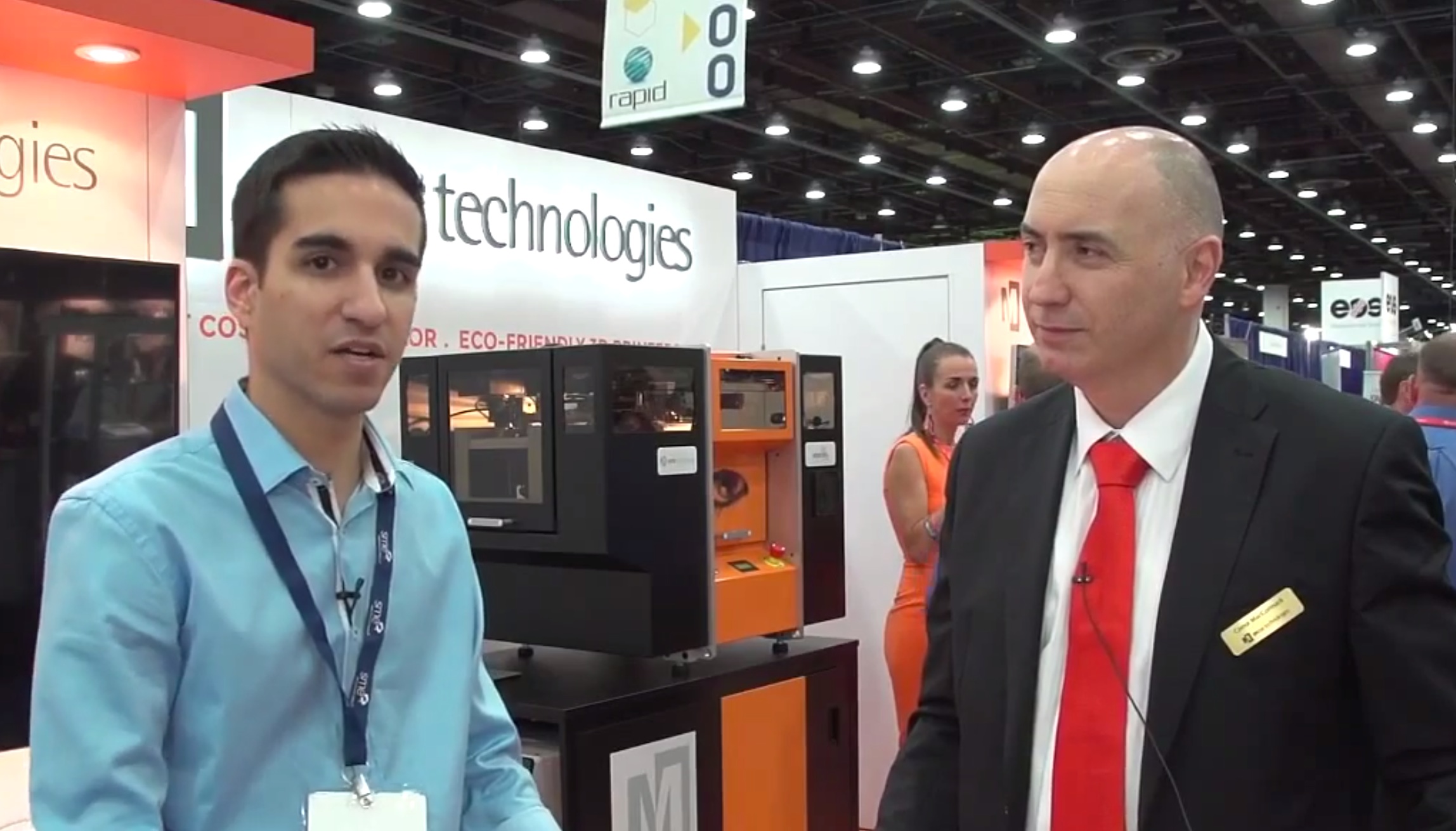We’re reading a post on The Motley Fool focusing on MCOR’s paper-powered 3D printer. It got us thinking about how 3D printing companies make their money.
The meaty part of the Motley Fool article discussed how MCOR’s equipment uses any old paper as material instead of expensive proprietary material. They say:
The running costs and operating costs are significantly less than competitors [like 3D Systems and Stratasys]; anywhere between five and 30 times.
This we believe is true. It also means a company like MCOR cannot expect to make very much income from materials, unlike their competitors Stratasys and 3D Systems, both of which market machines requiring specialized plastics, resins and powders.
But this is the choice facing today’s 3D printer manufacturers. Will they choose a business model that makes money on materials or one that makes money on the machine itself? Some may actually make money on both.
We think it will be interesting to see this choice play out in the market. Often today superior prints may be had through the use proprietary materials, so the added cost of materials could be justified. However, as competitive technologies emerge and become refined, things could change.
What happens in a world where generic materials produce prints that are “just good enough”? Would you be willing to pay for proprietary materials at that point? On the other hand, it may be that chemists will devise even more powerful proprietary materials that provide benefits for a very long time.
Via The Motley Fool


